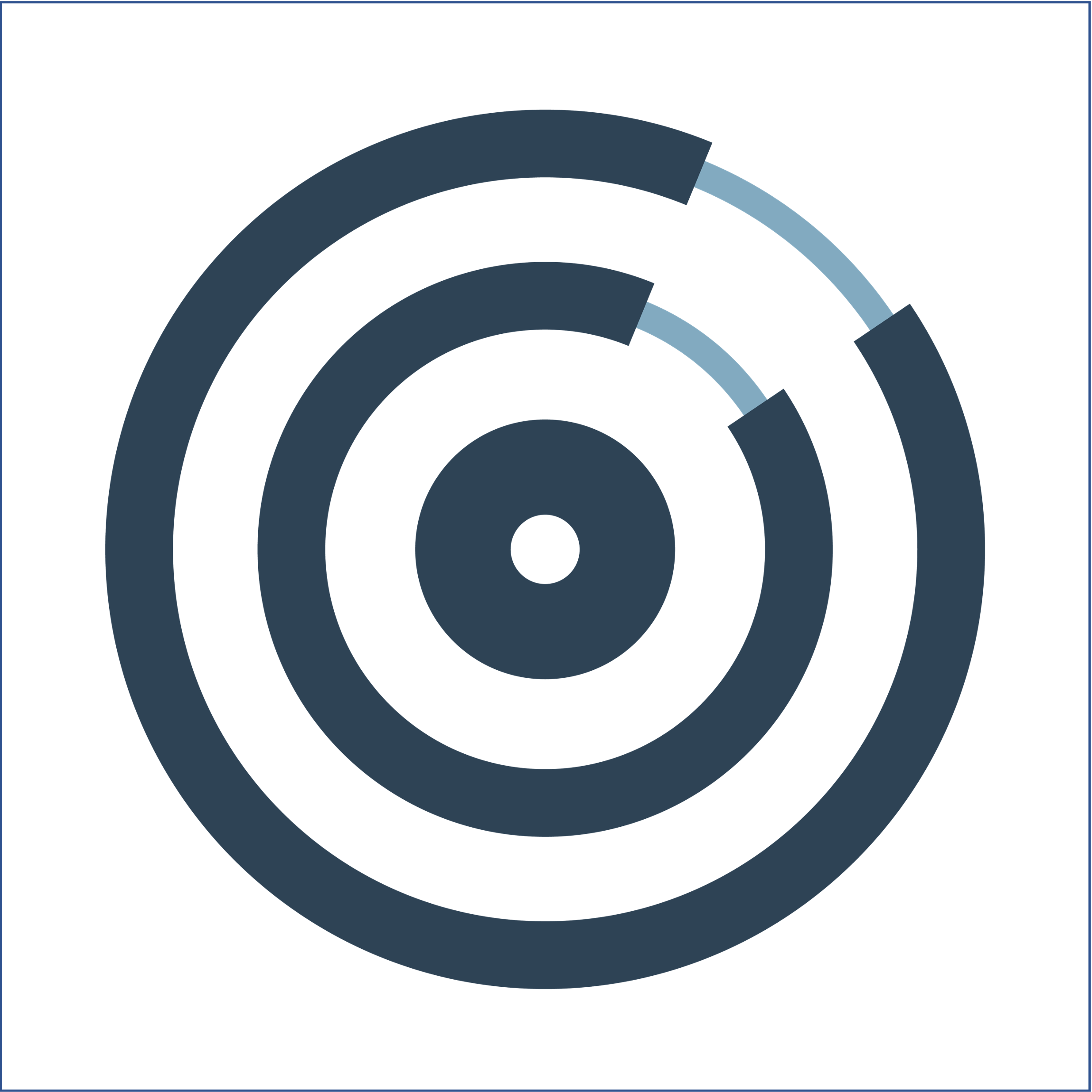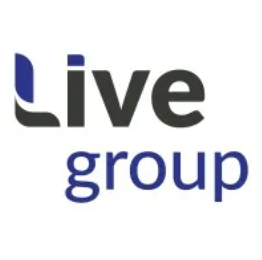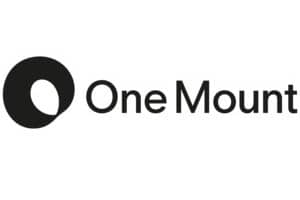100+ The opportunity to introduce the job of the Category QA, QC, Tester
1. Job Aniday
2. Job Aniday
Hiring High-Paying QA, QC, Tester Roles | Aniday
1. What is QA, QC, and Testing?
Quality Assurance (QA)
QA is a wide phrase that refers to "the ongoing and constant improvement and maintenance of processes so that the product will meet customers' needs”. QA aims to enhance the whole product development life cycle, from requirements analysis to launch and maintenance, by concentrating on the organizational elements of quality management.
QA is essential to the early detection and avoidance of product flaws. Its principal undertakings include:
-
Establishing quality standards and protocols,
-
Formulating rules to be followed throughout the development process,
-
Measuring, assessing, and improving processes.
Software developers, QA engineers, Business analysts, and other internal specialists are involved in QA to guarantee the creation of high-quality goods and, consequently, to develop client trust.
Quality Control (QC)
Quality Control (QC) confirms that the product complies with the requirements established by QA. It is described as a process to ensure that manufacturing errors are reduced or eliminated and product quality is maintained or improved.
While QC focuses on finding faults in software that is ready for use and verifying that it complies with requirements before product launch, QA aims to avoid problems throughout the whole development process. It includes the engineering team's code evaluations and testing procedures.
Testing
QC includes Testing as a part of it. It involves running a system to find faults in the product so that they may be corrected. Testing is a crucial component of QC since it shows that the product functions as intended and meets expectations.
In summary, see everything as a production line. If QC is the process of making sure items leave the assembly line and satisfy the necessary standards, QA is the process of making sure the assembly line works.
QA and QC are necessary to guarantee a successful product. When combined, they can assist in locating product defects and wasteful procedures.

2. What are the differences between QA, and QC?
QA testing is defined as an activity to ensure that an organization is providing the best possible product or service to customers.
-
QA includes activities to ensure processes, procedures, and standards are implemented in context to verify that software developed and intended requirements.
-
It focuses more on processes and procedures rather than actual testing execution on systems.
-
Process-oriented activities.
-
Preventive activities.
-
It is a subset of the Software Testing Life Cycle (STLC).
QC is a Software Engineering technique used to ensure the quality of a product or service. It does not deal with the processes used to create a product; instead, it checks the quality of the "end product" and outcome.
-
It includes activities to ensure verification that the software developed relates to the requirements recorded (or not in some cases).
-
It focuses on actual testing by executing the software to identify defects/bugs through carrying out processes and procedures.
-
Product-oriented activities.
-
QC can be viewed as a subset of Quality Assurance.
3. What are the benefits of QA, QC, and Tester to the company?
The benefits of a structured approach to quality management may be overlooked.
QC is used, combined with quality improvement activities, to isolate and solve the causes of quality issues. By consistently using this method across projects, the feedback mechanism works towards identifying root causes of issues, and then developing strategies to eliminate these issues. Using this holistic method ensures that teams achieve higher quality levels than ever before.
As a consequence of developing and implementing a quality management plan, a company can expect:
-
Increased client satisfaction levels, which encourages recurring business and referrals
-
Driven team actively participates in putting the quality management plan into practice in addition to comprehending its objectives and guidelines.
-
Cutting off rework that results from correcting errors or filling in solution gaps
-
Capacity to fulfill demands from clients
-
Higher confidence levels in planning as unplanned tasks arising from rework will be eliminated
-
Financial gains as a result of new projects from existing and referral customers, as well as through reduced spending on rework tasks
If QC is the only method used by the business, then products and services will be regularly inspected, measured, and tested. However, once they find defects in their system, they are unable to deal with and fix issues that surface during testing, measurement, or inspection, nor can they attempt to eliminate such faults.
Should the company just rely on quality assurance, they can possess an impressive array of procedures and documentation. However, they never measure, test, or check their product or service to make sure it is fulfilling its intended purpose.
In both cases, the service or product cannot meet what the customers want and expect.
4. What are the responsibilities of QA, QC, and Tester?
-
Be responsible for the quality of all activities, with accurate knowledge of all aspects of technical construction relating to Engineering, Architecture, and Structural disciplines and intervening in multi-disciplinary processes.
-
Complete project QA/QC documentation including certifications, calibrations, test results, inspection requirements, non-conformance reports, site instructions/observations, assigned fixed documentation, and other important QA/QC documents.
-
Develop and identify all standards to conduct inspection and testing on all processes, oversee all testing methods and maintain high quality standards for all processes.
-
Review the quality of all documents at the website, ensure compliance with all technical specifications and project quality and cooperate with the department to procure materials and maintain material quality.
-
Oversee effective implementation of all inspection and testing schedules to ensure compliance of all processes and coordinate with different groups to conduct quality audits on processes.
-
Support staff in ensuring knowledge of all quality standards and ensuring compliance with all guidelines and quality processes, collaborate with contractors and suppliers to maintain the quality of all systems.
-
Analyze all non-conforming products and processes, evaluate all documentation to ensure optimal quality maintenance and prepare monthly reports to assess performance.
-
Monitor an effective recording and archiving system for all project activities and analyze all processes to ensure all works as per quality requirements.
-
Manage all working methods, maintain knowledge of all QA standards, continuously oversee application for all quality assurance processes and propose corrective actions for all processes.
-
Develop a methodology statement for operation including risk assessment and safety environment analysis
-
Inspection plan based on project technical specifications.
-
Coordinate with Site Engineers to submit documentation for Consultant review.
-
Coordinate with the consultant representative and in charge of the website for inspection.
-
Report to QA/QC Management, controlling and monitoring all Quality related activities.

5. What are the job requirements for QA, QC, and Tester?
Aniday summarizes several important requirements for this position:
-
More than … years of experience as a QA, QC, and Tester
-
Hands-on knowledge of manual testing techniques for both web and mobile applications
-
Ability to design and write test cases, regression testing, and testing scenarios;
-
Experience in testing systems and web applications, handling browsers belonging to Windows/MAC families;
-
Can self-estimate work with good accuracy, track progress and hours spent/remaining;
-
Ability to manage releases
-
Coordinate with the Product Manager/Founder to help identify and manage requirements (documentation, mockups, designs)
-
Excellent written and verbal communication in Vietnamese and English
-
Manual testing using Selenium UI, Postman
-
Automation test design using Selenium UI, Postman
-
Work with Operations Lead (QA, Test Engineer) to review and test
-
Perform testing on the new software
-
Collect and analyze results by successful case/failure
-
Provide relevant analysis and feedback to improve software quality
-
Monitor software quality-related operational processes through various methods





